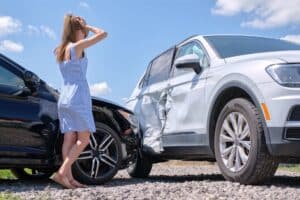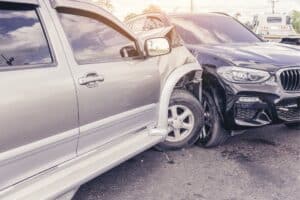No one wants to think about the possibility of a car accident. Unfortunately, auto collisions are a very real part of everyday life. It’s said that the average American can expect to be part of up to four car accidents during their lifetime. These can range from small fender-benders to life-threatening ordeals. For that reason, it is important to know how to prove who was at fault for an accident. Without proper proof of what happened, you may end up solely responsible for your car repairs and medical bills. In this article, we’ll discuss the best actions to take after an accident and what evidence you’ll need to prove your side of the story.
Washington Driver Laws
Like everywhere in America, Washington has a long series of laws that affect drivers. Most of these laws involve traffic procedures and regulations. There are three main laws that affect accidents and proving fault afterward. Those three laws are:
- Duty of care: this law states that all Washington drivers have a duty to operate their vehicles in a reasonable manner. This includes attempting to avoid harming others while on the road. Speeding, driving while intoxicated, or driving while distracted are all common ways this law is broken.
- At-Fault: Washington operates under the “at fault” law which says that if a driver is proven to be at fault for the accident, they will be responsible for the damages the accident caused. A common way someone is found to be at fault is when they are violating the duty of care law.
- Comparative negligence: Washington also uses the comparative negligence model when assigning fault after a car accident. The law states that more than one person may be at fault for an accident. Each driver is given a percentage of fault based on how much they attributed to the accident. For instance, if one driver speeds through a stop sign, chances are good they will be held primarily responsible for the ensuing accident. However, if the driver they hit was looking at their phone at the time of the accident, they may also be held partially responsible. In this scenario, the driver who ignored the stop sign would have to pay damages to their victim, but the amount of damages would be reduced based on the percentage of the other driver’s fault.
Proving Fault
So as we can see, proving fault in a Washington car accident can boil down to a series of small actions taken by each driver. If you are the victim, you will attempt to prove the other driver was entirely responsible. If you are the perpetrator, you will try to prove the other driver had some hand in the incident. We’ll discuss the best actions to take to prove your case in the next section.
In the meantime, it is important to remember that to prove fault, you are essentially trying to confirm three truths:
- The driver owed you a duty to act responsibly behind the wheel.
- The driver negated that duty by ignoring the rules of the road.
- You were personally injured, or your vehicle was damaged as a direct result of their negligence.
Since the first one is part of the duty of care law, it is the next two you will attempt to prove in a court of law. A judge, jury, or both may be utilized by the court to help verify the evidence you will put forward. Therefore, the most important thing you can do after an accident is to gather evidence.
After The Accident: Gathering Evidence
What you do after an accident can have an enormous impact on your case in the future. Nowhere is this more true than when it comes to gathering evidence. Taking a short time to assess the scene and take pictures can sometimes mean the difference between receiving a financial settlement and paying for the damages alone. Be sure to take photos of all damages on the scene, the position of the vehicles, the road conditions nearby, and the traffic signs in the area.
Call The Police
The most valuable single piece of evidence in a traffic collision case is most often the police report. Without a police report, the resulting trial can devolve into a “he said, she said” situation with no clear way to verify evidence. Additionally, Washington State requires a police report be filed any time an accident causes $500 in damages or results in an injury.
Don’t Admit Fault
Admitting fault prematurely can be used against you later. Even if you feel responsible, avoid using apologetic language at the scene. You may not be the only one who was at fault.
If you have been in a car accident in or around Seattle, call NBF Accident Law at (206) 923-8888. Let us make sure your story is heard.





